Turning A Vision for #FutureofEducation Into Reality
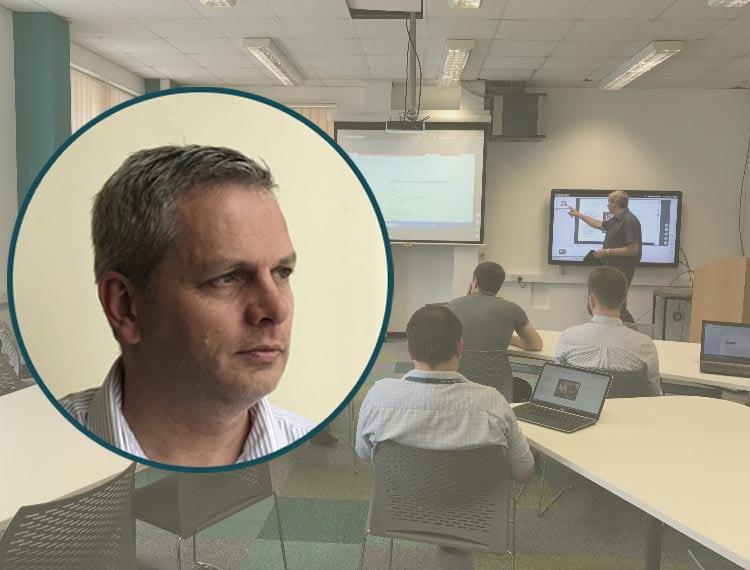
Formed in November 2010 through the merger of the University of Wales Lampeter and Trinity University College Carmarthen, the University of Wales Trinity Saint David (UWTSD) is the oldest Royal Chartered University in Wales with campuses across South West Wales and in London.
As a trailblazer for technology enabled learning, UWTSD has invested significantly in its infrastructure and embarked on an ambitious regeneration programme to transform the educational experience.
Lyndon Shirley, Executive Head of Technology Enhanced Learning at University of Wales Trinity Saint David explains how its partnership with Sony has expedited a move from traditional lecture theatres and auditoriums to cutting-edge learning spaces, delivering a collaborative and interactive environment that is driving new levels of engagement and attainment:
Substantial Regeneration and Development
UWTSD has undergone substantial regeneration and development as part of its mission to expand its campus and enhance its student experience.
This culminated in the £350 million construction of its pioneering new SA1 Swansea Waterfront Development (completed in September 2018), home to the Institute of Education, Faculty of Architecture, Computing and Engineering, the Construction Wales Innovation Centre and a new library.
In the upgrade of its existing campuses learning spaces and the ground-up construction of the SA1 buildings, the University’s primary goal was to create an active learning environment with interactivity at its core. In 2015 it set about reimagining the learning experience at the University to set a new benchmark for technology-enabled, collaborative education.
Challenges
In a competitive Higher Education landscape, Universities are increasingly seeking ways to improve, differentiate and attract future generations of students and educators.
UWTSD faced the challenge of integrating the University more closely with business and industry, whilst also bettering the student experience and optimising its appeal to both existing and new students.
The University had clear ambitions to fundamentally rethink teaching and learning programmes to engage and create an educational environment optimised for all students.
To realise its aspirations, UWTSD required a technology partner with proven heritage and technical expertise, an impressive range of teaching solutions designed to encourage participation and – critically – a shared vision to pioneer the next generation of active, collaborative learning through smart technology.
Our pedagogical approach at UWTSD has been to employ a model that involves learners as active, accountable participants in the learning journey.
We want our students to be ‘minds on’ with their subject matter and needed a solution that was more than ‘technology’ – it needed to aid the entire learning experience.
A bold reimagining of the future learning environment necessitated an equally bold vision, leadership style and change management programme. To optimise organisational buy-in and speed of adoption, the University stipulated a technology solution that was simple and intuitive to use for students and lecturers alike – regardless of technical expertise.
Moreover, stakeholders from across the teaching faculty needed to be actively engaged in both the development of the technology solution itself and its roll out in order to maximise uptake and impact.
We wanted to create a collaborative ecosystem that would allow students to bring internet resources, specialist software or video footage into their discussions for analysis, debate, comparison and any other constructivist activity to develop knowledge and understanding.
Moving away from ‘chalk and talk’ meant educators would become facilitators and guides within the learning environment.
This necessitated change management on a monumental scale. The staff development process has been led directly by the student staff development committee (empowered by senior management), whilst working groups (including members of faculty of education for pedagogical guidance, technology enhanced learning and HR teams) have led a drive for mentoring and co-designing the system.
In addition to preparing staff for a new campus, new technology, learning process and educational approach, the University focused on providing benefits and assistance to staff in that process.
The Solution
From initial proof of concept through to the final tailored offering being rolled across all campuses, Sony’s Vision Exchange solution has been developed hand-in-hand with UWTSD.
| The intuitive, scalable and flexible solution has been specifically tailored to the needs of Higher Education and the pedagogical requirements of UWTSD using: | |||
|
Feedback sourced from the full spectrum of stakeholders (senior management, teachers and faculty members), many of whom played a critical role as early adopters, co-developers and mentors for the new system |
|||
| Insight and intelligence from core project teams plus forty academic staff involved in piloting | |||
| Quantitative and qualitative research from 300 students, including over 1,800 responses to questions on efficacy | |||
| An extensive piloting process across three campuses | |||
| The findings and input from the early adopter and co-development programme | |||
Encouraging freedom and supporting students with active learning, the education solution allows up to 60 students to work collaboratively in small ‘work-group clusters’ of up to 6 simultaneously connecting wirelessly to the platform via their own laptops (Windows/Mac), tablets or smartphone devices.
Not only does Vision Exchange maximise the potential of BYOD, but unlike complex fixed solutions connecting different technologies, its scalability means it can be connected to and expanded simply by adding active learning workgroup PODs.
The design of the new spaces at SA1 is underpinned by the core principle of flexibility. The result is entirely configurable and adaptable, with moveable desks, seats and clusters. Educational technologies like Sony’s Vision Exchange solution, are equally flexible in order to drive and empower the new learning environment.
The lecturer can easily ‘mirror’ any devices and share content with other groups in the room or on the main presentation screen via simple drag-and-drop gestures that remain under their control. The solution can also bring in other participants located elsewhere to join the discussion and seamlessly share content regardless of geographic location, inspiring knowledge exchange, creative dialogue and higher-order thinking.
Vision Exchange is being progressively deployed across all of UWTSD’s existing campuses and incorporated into the ground-up build of the teaching spaces at the SA1 Swansea Waterfront, enabling lecturers to feature the technology at the core of their education. The University has also invested in Sony’s TEOS Manage device and room management solution to efficiently manage, schedule and monitor the content that is displayed on all its networked BRAVIA professional displays and projectors.
Results to date
In introducing a range of resources to the teaching scenario that simply weren’t available previously, there is a new layer of possibility delivered, which means participants can share a wide variety of resources and tools within different scenarios. In turn, this has spurred new enthusiasm amongst university staff.
Allowing them to move more freely in the room, Vision Exchange has empowered better interaction between lecturers and students, improving participation and engagement with groups in the room as part of the educational process. Bringing ideas from different members of groups together – both inside and outside of the institution itself – also allows UWTSD to expand the learning environment beyond just the ‘classroom’ setting and actively develop its distance learning offering. Teachers have greater opportunities to observe what’s going on in an active setting and to bring in a range of different voices and ideas to evolve the journey of discovery.
Students that are actively engaged in the educational experience, are pioneering new ways of learning and absorbing key skills (problem-solving, analytics, empathy and collaboration) that can be transferred to their professional careers.
| The response from students speaks for itself: | ||||||||||||||
|
Joshua |
“Being able to quickly and easily share information and ideas with the rest of the class has been incredibly helpful. One of my favourite features when using Sony Vision Exchange is the mobile app, meaning I don’t have to stress about wasting paper, or printing photos, instead I can share them and the tap of a screen” |
|||||||||||||
|
William |
“As a student with Additional Learning Needs, Sony Vision Exchange allows me to easily integrate my assistive technology into lectures and makes my learning experience much more streamlined and effective” |
|||||||||||||
Why Sony was selected
From the outset Sony shared our vision for the future of education. Of the many technology partners we considered, Sony was quickly identified as being a provider of tools and technologies we felt could be a right fit for us.
Importantly, they showed a firm commitment to truly understanding our challenges, our aspirations and our needs, and worked with us to engineer, test and adapt a solution that was designed to meet those.
Rather than coming at this technology first, our joint goal has always been to improve learning outcomes.
Lyndon Shirley, Executive Head of Technology Enhanced Learning at University of Wales Trinity Saint David


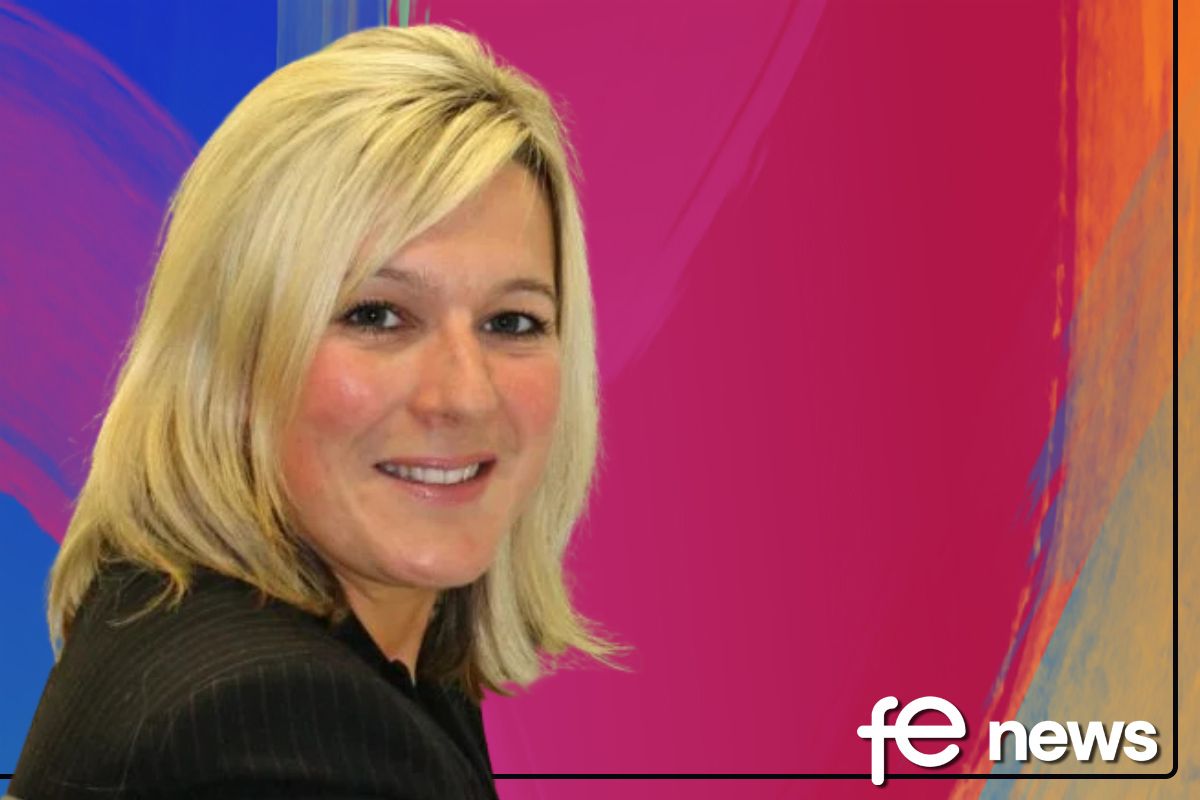

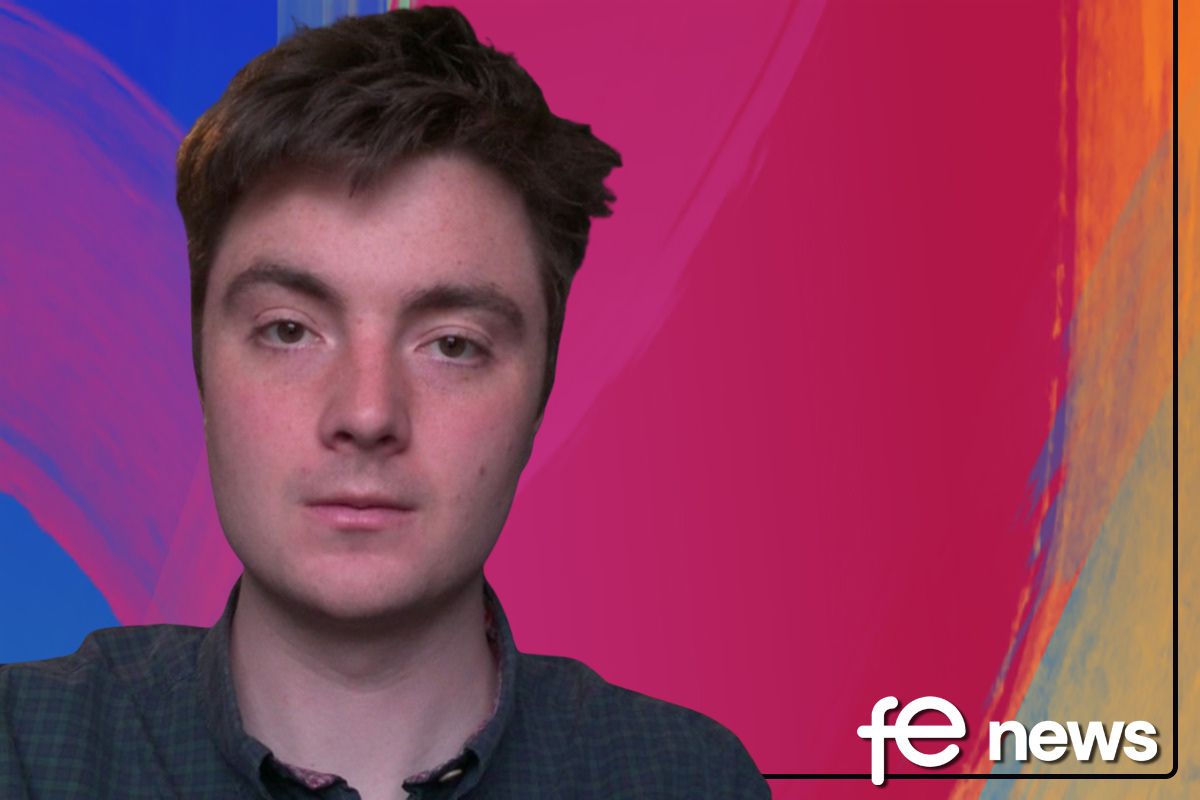
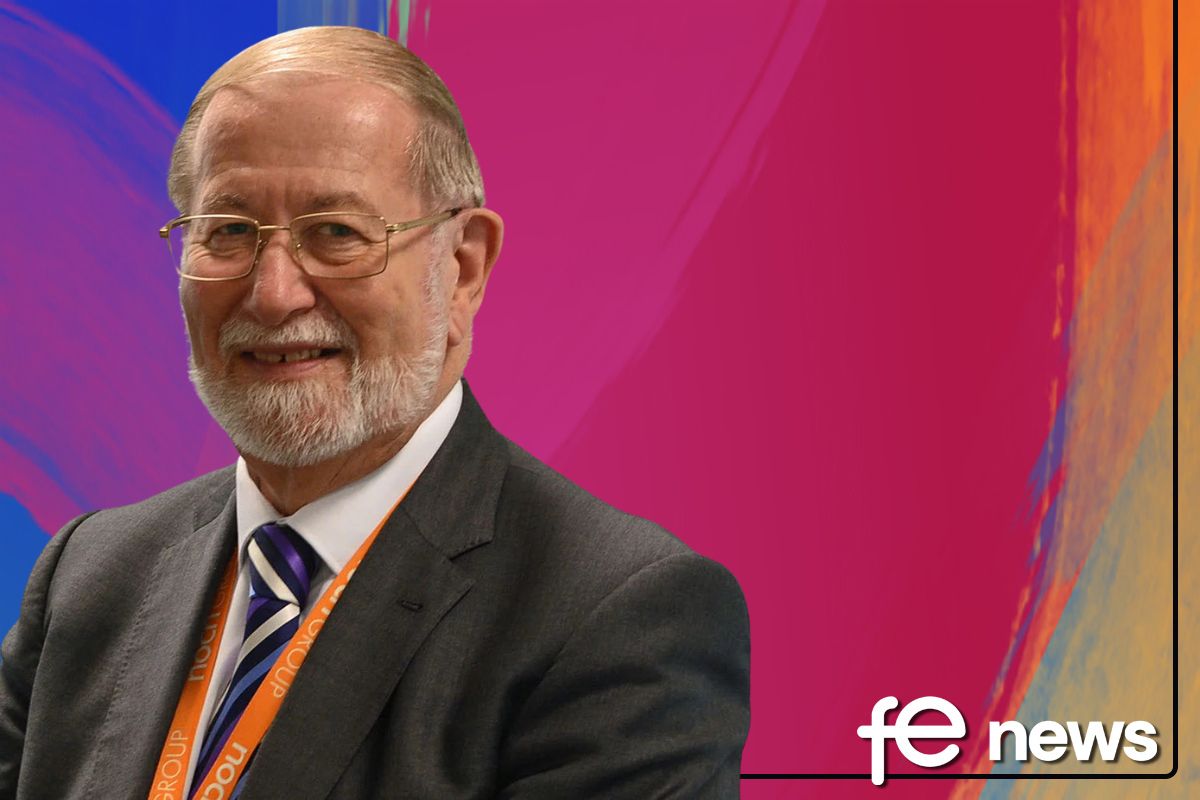

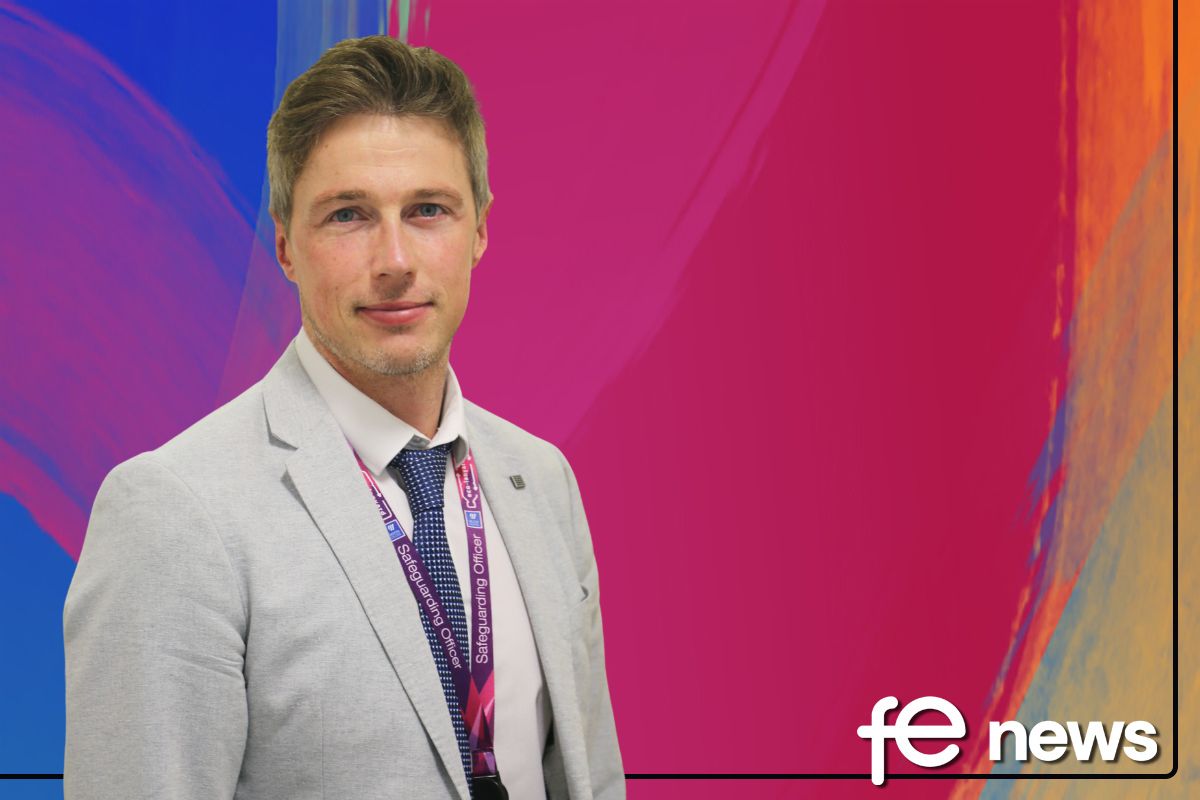
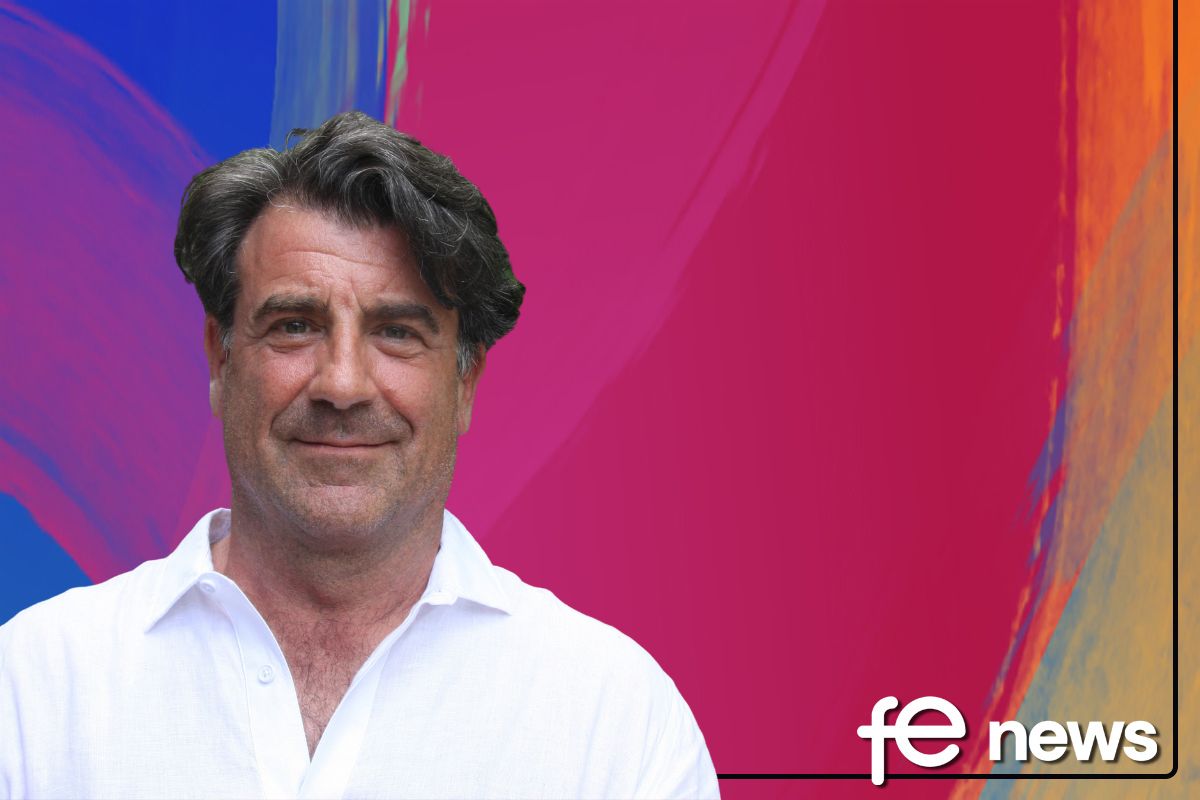
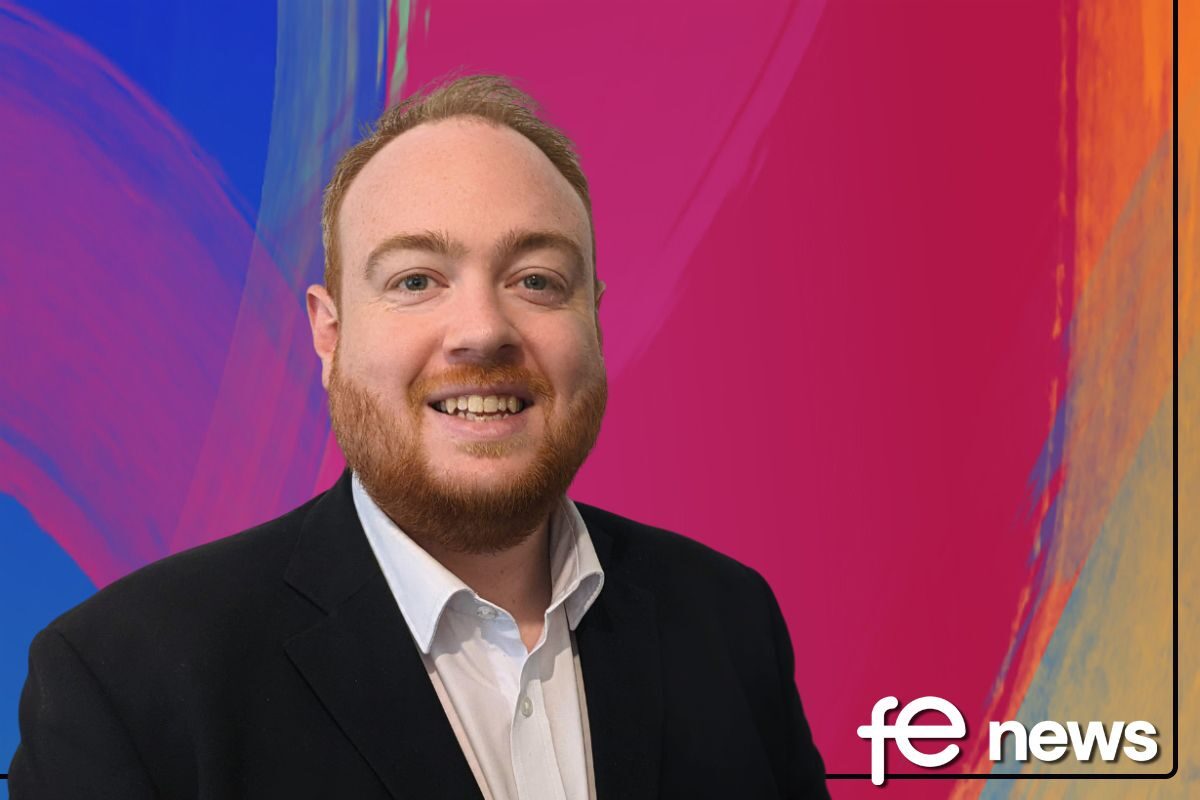
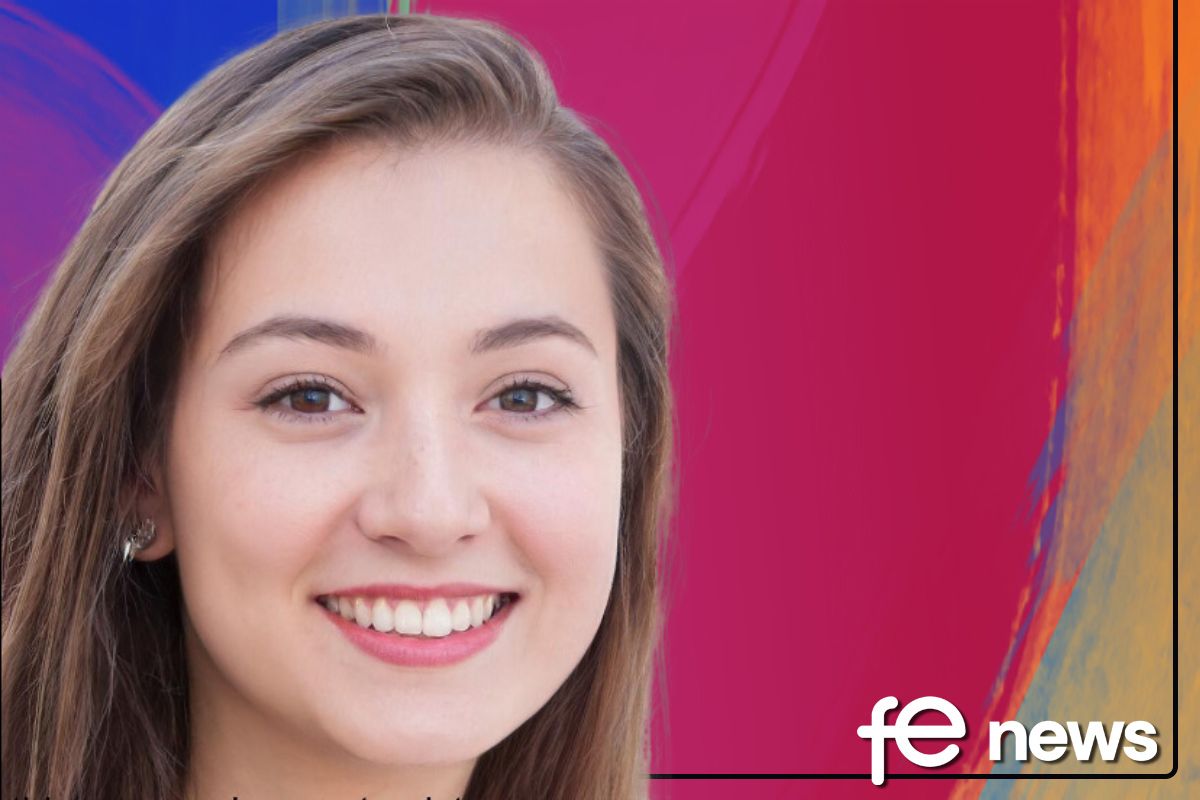
Responses